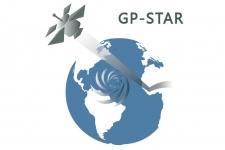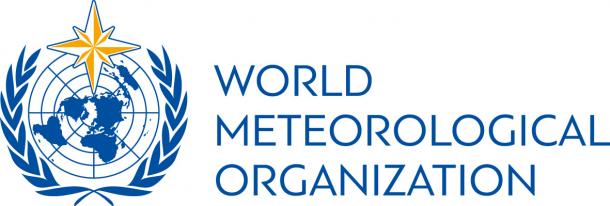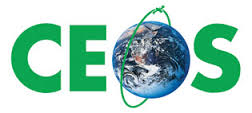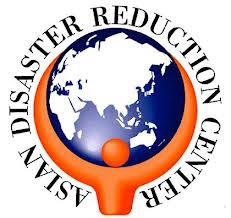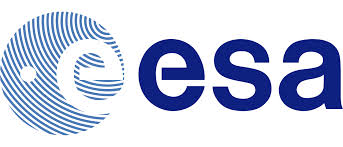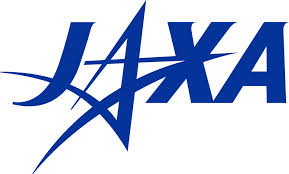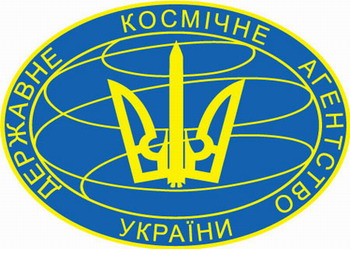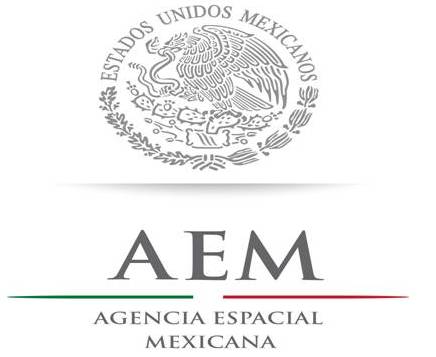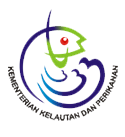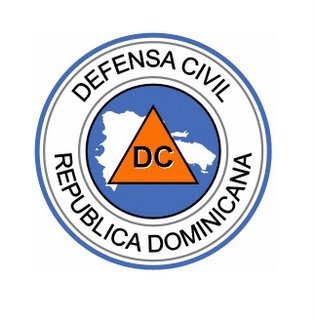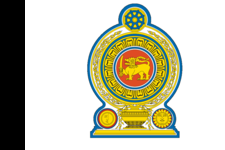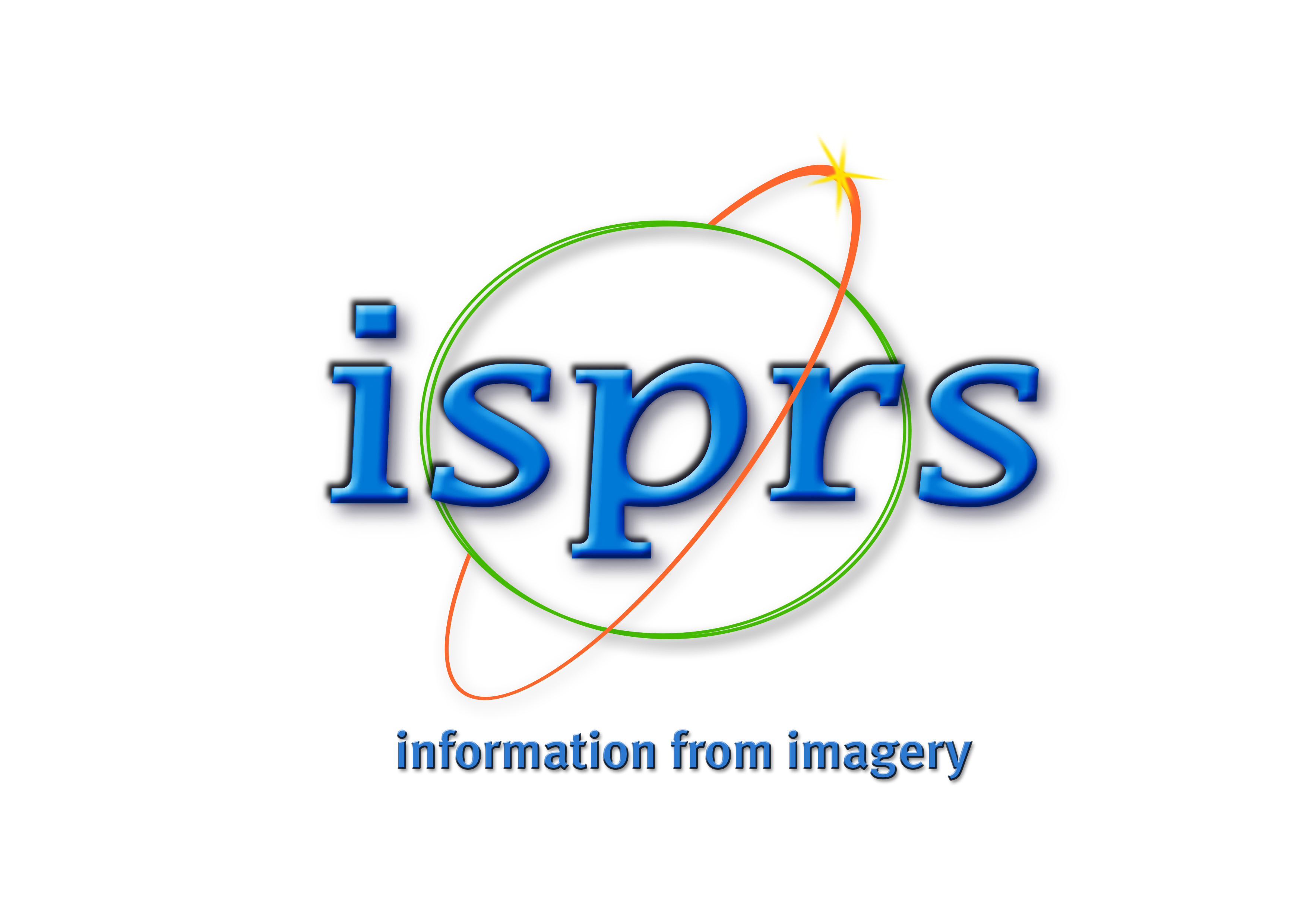UNOOSA/UN-SPIDER, together with many partners from the space, Earth observations, and civil protection communities, and regional and international organizations have conducted a variety of efforts since June 2014 as a way of spearheading efforts regarding the incorporation of the use of space-based technologies and applications and Earth observation in the context of the Sendai Framework for Disaster Risk Reduction 2015 - 2030.
UNOOSA/UN-SPIDER, GEO, JAXA and DLR worked with key government agencies in Asia, Africa, Europe, and Latin America and the Caribbean to ensure that the proposed text on the use of Earth observations and space-based technologies was introduced in the Sendai Framework.
These efforts have been endorsed by government institutions of the Federal Republic of Germany, the People’s Republic of China, the Dominican Republic, the Republic of Guatemala and the Islamic Republic of Iran.
Access a web-based version of the publication above here: GP-STAR Brochure.
Additionally, the partners are working together to encourage the United Nations Office for Disaster Risk Reduction (UNDRR) and Member States to incorporate Earth observation data and products in several of the indicators that have already been proposed to track the progress of implementation contemplated in the 7 targets that are included in the Sendai Framework.
During the Third World Conference on Disaster Risk Reduction the "Global Partnership Using Space-based Technology Applications for Disaster Risk Reduction" (GP-STAR) was launched. The partners in this effort include:
- UN agencies: UNOOSA/UN-SPIDER, UNDRR, UNCCD, FAO, WMO, UNITAR/UNOSAT and ESCAP
- International Organisations: GEO, CEOS, GFDRR, CAS-TWAS-SDIM, ISPRS
- Regional Organisations: ADRC, ICIMOD, CEPREDENAC, IWMI, European Comission (COPERNICUS EMS and JRC)
- Space Agencies: AEM (Mexico), ESA (Europe), DLR (Germany), JAXA (Japan), NASU-SSAU (Ukraine)
- Ministries: Ministry of Marine Affairs and Fisheries, Indonesia
- Civil Protection Agencies: DMC (Sri Lanka), NDRCC (China), NEC (Dominican Republic)
- Academia: Tohoku University/IRIDeS (Japan)
- International Networks: International Working Group on Satellite Emergency Mapping (IWG‐SEM)
The purpose of GP-STAR is to facilitate the use of space-based technology applications, including Earth observation, global navigation satellite systems and satellite telecommunications, through a variety of efforts including the provision of technical advisory support for application in the context of the Sendai Framework for Disaster Risk Reduction 2015-2030.
GP-STAR fosters the use of Earth observation and space-based technologies at all levels by strengthening existing mechanisms and contributing to a better integrated and wider use of such technologies in disaster risk reduction (DRR) worldwide. The objectives of the Partnership are:
- Continue to facilitate the dialogue among stakeholders in EO, Satellite‐based technologies and the global community of DRR experts and policy makers, including by the compilation and exchange of lessons learned regarding the use of such observations and technologies
- Showcase possible contributions of space-based technology applications to disaster risk reduction as a way to raise awareness
- Serve as a collective source and repository of information on efforts carried out worldwide by the EO and Satellite‐based technology communities, including surveys and best practices to improve the applications of existing and emerging technology to monitor hazards, exposure and risks
- Facilitate capacity building and institutional strengthening efforts to enhance the use of satellite-based technology applications in disaster risk reduction efforts and to monitor progress in the implementation of the Sendai Framework
- Provide policy‐relevant advice and information to contribute to the integration satellite‐based technology applications into development process and public policies relevant to DRR, including by facilitating the incorporation of research and technology advances in the activities of the DRR community
- Mobilize additional actors, stakeholders and resources to contribute to efforts conducted by the partnership worldwide
In December 2016, the partners agreed on the following items:
- Terms of Reference for the governance of the Partnership
- A plan of work for the coming years
- The establishment of six working groups
All of these efforts are geared to make the disaster risk reduction community aware that the quality of satellite sensors and access to and use of satellite imagery and services has greatly improved in recent years; and that tremendous progress has been achieved through the continuous development of powerful algorithms and software packages to manage and process geospatial data and to disseminate imagery and geospatial datasets in near-real time via geo-web-services, which can then be used in disaster-risk management and emergency response efforts. In addition, these efforts are devised to make them aware of the fact that satellite Earth observations now offer consistent coverage and scope to provide a synoptic overview of large areas, repeated regularly; which can be used to compare risk across different countries, day and night, in all weather conditions, and in trans-boundary areas.
